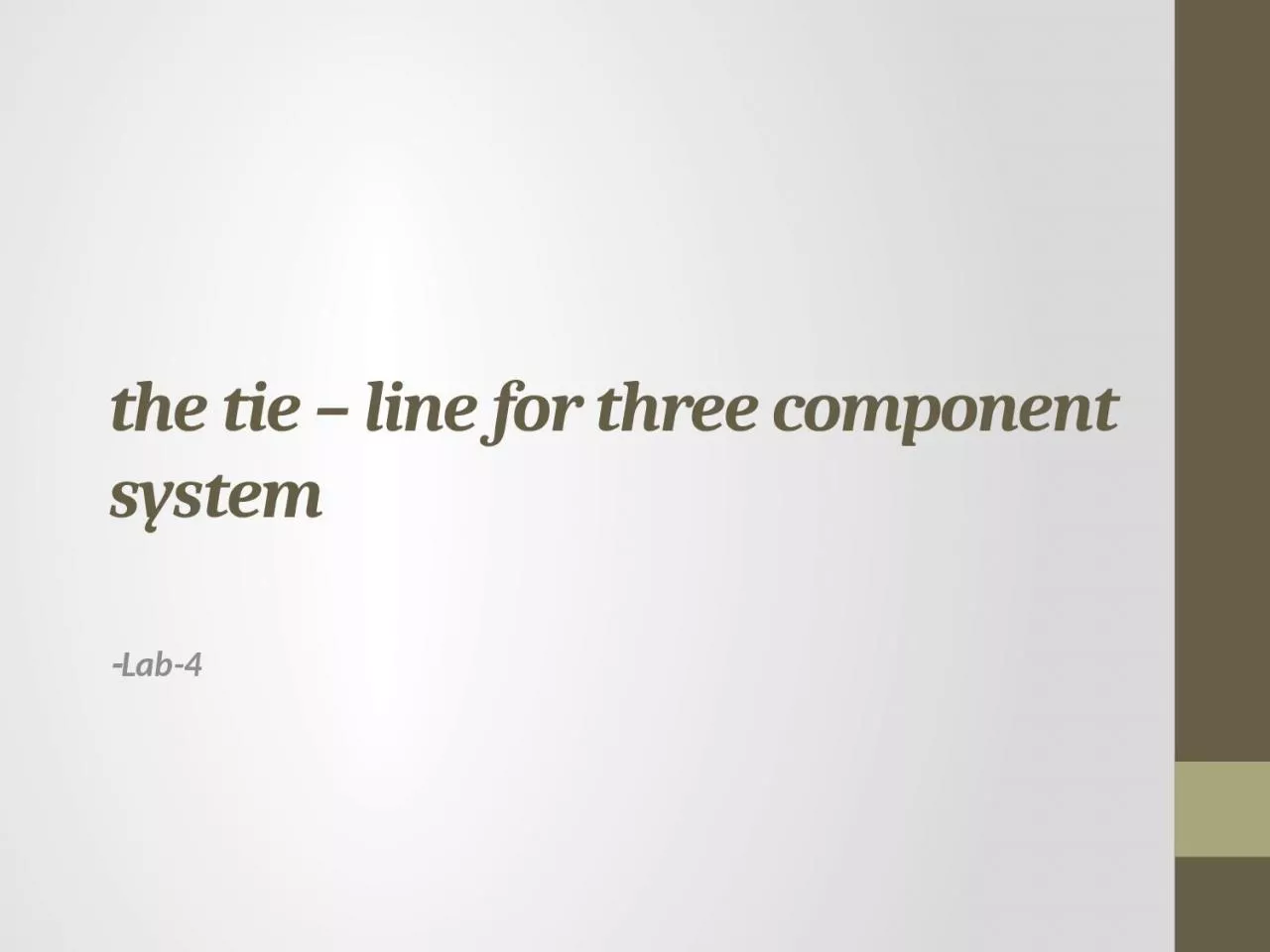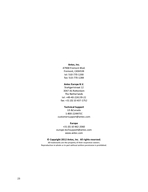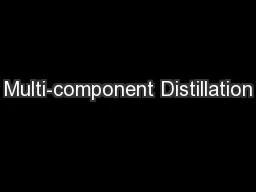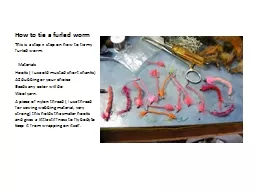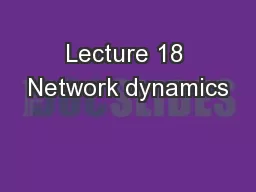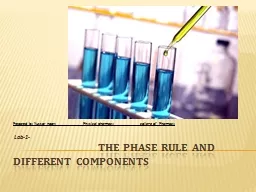PPT-the tie – line for three component
Author : victoria | Published Date : 2023-10-27
system Lab4 Ternary systems with one pair of partially miscible liquids water amp benzene are miscible only to a slight extremes so a mixture of the two usually
Presentation Embed Code
Download Presentation
Download Presentation The PPT/PDF document "the tie – line for three component" is the property of its rightful owner. Permission is granted to download and print the materials on this website for personal, non-commercial use only, and to display it on your personal computer provided you do not modify the materials and that you retain all copyright notices contained in the materials. By downloading content from our website, you accept the terms of this agreement.
the tie – line for three component: Transcript
Download Rules Of Document
"the tie – line for three component"The content belongs to its owner. You may download and print it for personal use, without modification, and keep all copyright notices. By downloading, you agree to these terms.
Related Documents

